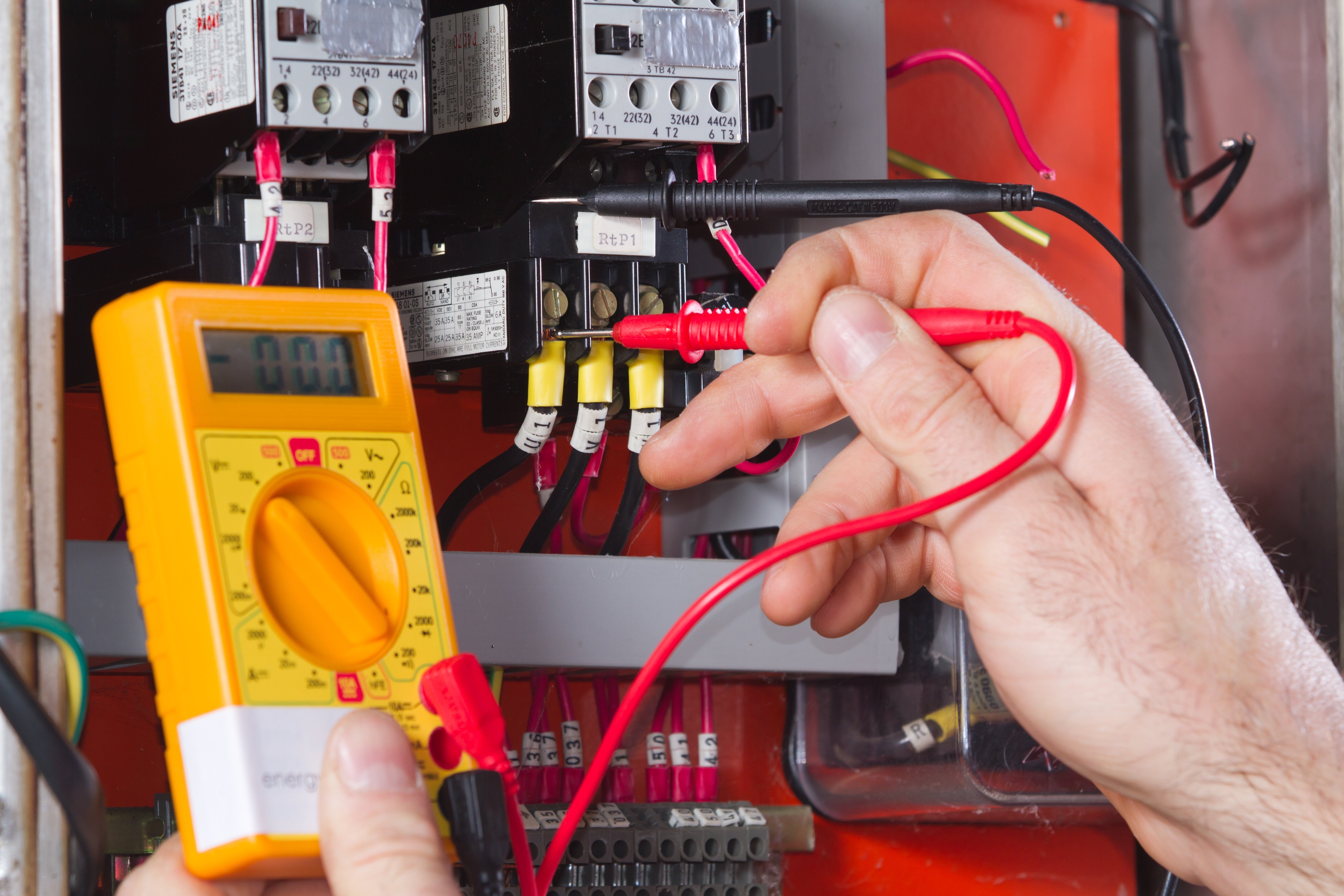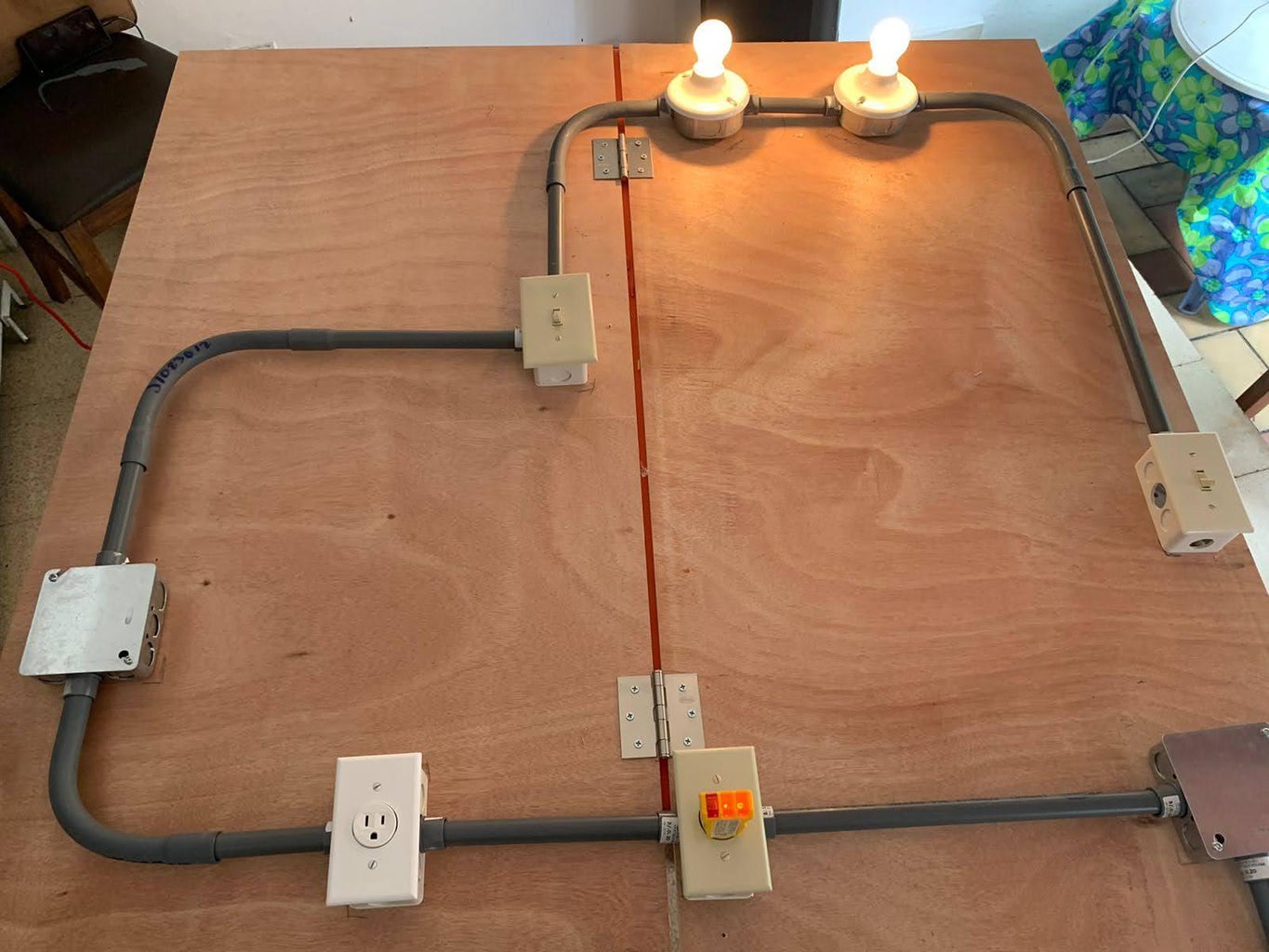Custom-made BRE Electrical Solutions for Reliable and Safe Installations
Demystifying Electrical Installation: Understanding Codes and Regulations for a Legal and Safe Setup
In the realm of electric installment, adherence to codes and regulations is extremely important to ensure both legality and security. The complexities surrounding electrical job can be challenging, however acquainting oneself with the well-known criteria is essential to navigating this area with self-confidence. By recognizing the complexities of the National Electric Code and local building ordinance, people can ensure that their setups satisfy needed safety and security procedures and remain in conformity with the law. However, the trip to debunking electric setup goes past simple familiarity with policies; it demands a profound understanding of exactly how to execute secure electrical practices successfully.
Relevance of Electrical Codes
The adherence to electric codes is important in ensuring the safety and security and reliability of electrical installments. Electric codes act as a collection of criteria and guidelines that determine the correct design, installation, and maintenance of electric systems. These codes are developed to lessen the threat of electrical threats, fires, and other security problems that might develop from damaged electric work.

Furthermore, electric codes are consistently updated to include brand-new technologies, ideal practices, and precaution. Staying upgraded with these codes is important for specialists in the electrical sector to guarantee that their job meets the most recent security criteria. Ultimately, the relevance of electrical codes depends on creating a safe and efficient electrical framework that benefits both people and areas.
Secret Rules for Safety
Numerous fundamental policies control the safety requirements in electric installations. One crucial law is the National Electrical Code (NEC), which supplies standards for safe electrical layout, installation, and evaluation to shield people and building from electrical risks. The NEC covers facets such as wiring techniques, grounding, overcurrent defense, and equipment setup to make sure a safe electrical system.
An additional essential guideline is the Occupational Safety And Security and Health Administration (OSHA) requirements, which focus on the security of workers included in electric installments (BRE Electrical Melbourne). OSHA regulations include requirements for proper training, safety procedures, and personal protective equipment to stop work environment mishaps and injuries
Additionally, the International Electrotechnical Commission (IEC) standards intend to balance electrical installation laws on a worldwide scale. These criteria address problems like electrical equipment safety and security, electro-magnetic compatibility, and energy performance to advertise uniformity and safety in electric setups worldwide.
Compliance with these crucial policies is necessary to guarantee the safety and security and legitimacy of electrical installments, safeguarding both people and building from the dangers connected with power.
Comprehending National Electric Code
Key guidelines such as the National Electrical Code (NEC) give vital standards for risk-free electrical style, installation, and assessment to guarantee the defense of individuals and building from electrical threats. The NEC, also called NFPA 70, is an extensive collection of requirements for electric setups that are upgraded every three years. It is created by the National Fire Protection Organization (NFPA) and is widely taken on across the USA.
The NEC covers numerous elements of electric work, including circuitry methods, grounding, overcurrent defense, and equipment installment. It aims to secure people and residential property by addressing possible risks connected with electric systems. Conformity with the NEC is usually applied by local authorities having jurisdiction (AHJs), such as constructing code officials and inspectors.
Comprehending the NEC is vital for electric professionals, developers, and assessors to ensure that installations satisfy the essential safety requirements. over here By adhering to the NEC guidelines, specialists can aid prevent electric crashes and ensure the reliability of electrical systems in domestic, commercial, and industrial settings.

Compliance With Local Building Regulations
Comprehending and adhering to neighborhood building codes is essential for see post making sure the safety and conformity of electrical installments within a certain jurisdiction (BRE Electrical Melbourne). Regional structure codes vary from one municipality to one more, and they are implemented to safeguard the health of residents and properties. These codes detail specific demands for electric setups, such as the kind of wiring to be utilized, positioning of outlets, basing methods, and tons abilities. By abiding by regional building ordinance, electrical contractors can make certain that installations are done properly and fulfill the required safety and security standards.
When it concerns electric installments, failure to conform with neighborhood building codes can result in significant consequences. Non-compliant installations may pose safety risks, boost the threat of electrical fires, and lead to costly fines or legal problems. In addition, insurance provider may decline to cover problems resulting from setups that do not satisfy regional building regulations needs. It is essential for electricians and service providers to remain notified about and strictly adhere to the regional building codes appropriate to their projects.
Making Sure Safe Electrical Practices
Exercising stringent adherence to developed security protocols is critical in the field of electric setups to mitigate prospective risks and make certain the well-being of people and buildings. Security in electric work incorporates various facets, starting with the appropriate training of personnel entailed in installation, upkeep, and repair work. It is vital to comply with manufacturer directions carefully when taking care of electrical elements and tools. Prior to starting any job, it is vital to conduct a detailed risk analysis to identify prospective hazards and apply safety nets. Using individual safety equipment (PPE) such as protected handwear covers, shatterproof glass, and non-conductive shoes is non-negotiable to guard against electric shocks and arc flashes. Normal equipment assessments, screening, and upkeep schedules are vital to spot and remedy mistakes prior to they escalate right into safety and security risks. Adherence to appropriate lockout-tagout treatments throughout click here for info upkeep activities is crucial to stop unintended energization of circuits. By focusing on safe practices, electrical setups can work effectively while lessening the probability of accidents or damage.
Verdict
Finally, adherence to electrical codes and regulations is critical for making sure the safety and validity of electrical installations. Recognizing the National Electric Code and compliance with neighborhood building ordinance are important for a secure configuration. By following these standards and practicing secure electric practices, people can stop potential threats and guarantee the proper performance of their electrical systems.